nichiyoubi
Sunday
So, we've arrived on the final day of Japanese Ghost Story Week. Thank you so much for reading! I hope you've been enjoying them. I've had a ton of fun writing this week. As always, if you want to read the rest of the stories, please find them here.
Tomorrow is Halloween, and all of the spirits and nefarious creatures will roam the world. There won't be any Trick-or-Treating in Japan; Halloween isn't really a well-known American holiday there like Christmas and Thanksgiving, though it is celebrated with relish by lovers of horror nationwide. There even used to be a monthly horror manga magazine called Halloween. But whether people know it or not, it's Halloween in Japan now. All these things I've been talking about still come out... there are just so many yōkai and yūrei in Japan, they'll come out whether it's a holiday or not. And if you like, some of them are so well-known and prevalent that, if you know where to look, you can go and see them.
Which brings us to today's story.
As you learned in the very first folktale I shared, 日 means, not only day, but Sun. However, there aren't very many scary or evil things associated with the Sun. Japan is the Land of the Rising Sun, and the kanji for the country itself means Sun's-Origin, and the Sun Goddess Amaterasu is one of the most revered gods in Shinto, the indigenous religion of Japan. I could tell the story of the Sun, but that simply wouldn't seem right to be associated with the motley crew of ghosts I've paraded out all this week.
So instead, I think I'll tell a story that comes from the Land of the Rising Sun. It is not the most famous ghost story in Japan; that one would require a long-winded dissertation from me, and I've been trying to keep these entries on the shorter side. So I'll tell... the second most famous ghost story in Japan. And let's see if my free-association doesn't bring us back around to the sun and tie this week up quite neatly in time for Halloween.
Shall we begin?
『番町皿屋敷』
Banchō Sarayashiki, "The Dish Estate of Banchō", also known as "The Tale of Okiku" or "Okiku and the Plates".
昔々・・・
There once was a beautiful girl by the name of Okiku.
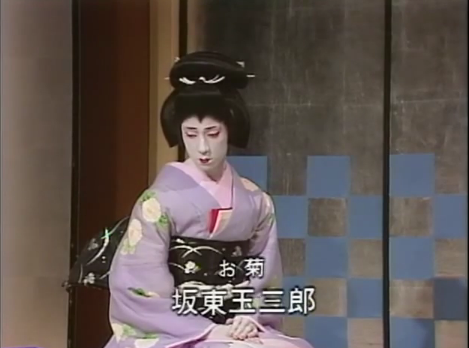
Perhaps she looked like Bandō Tamasaburō.
Okiku worked as a servant girl, either in Himeji Castle or in the household of a samurai. Her lord was a rather hotheaded man, prone to violent tendencies.
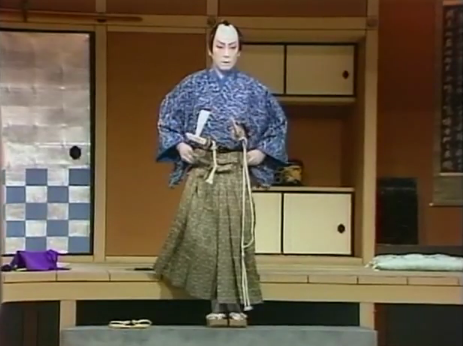
He was also deeply in love with her. Often, he would make lewd advances on Okiku, but she did not return his feelings at all. Time after time, she would brush aside his propositions, and refused to marry him, let alone sleep with him. It was then that he came up with a plan to force Okiku to be with him.
One day, Okiku was left in charge of the residence's ten precious plates. Each one was a priceless treasure, and treated with the utmost care. It was Okiku's job to carefully count and wrap each plate, placing them one by one in a lacquered box, and to carefully transport the set back for safekeeping. After Okiku finished this, she went back into the main house to continue her work.
It was then that the lord stole into the room, and opened up one of the boxes containing the ten treasured plates. He slipped one out from the center, closed and tied the box back carefully, and took the plate back into his bedchamber, where he hid it there.
Several days later, when the plates were to be brought back out, it was discovered that one was missing. Okiku, as the last serving girl to have handled them, was called forth. A serving maid told her the situation, one of the plates was gone.
To break or lose one of these plates was no trivial matter. If held responsible, Okiku's punishment would be death. Hysterical, Okiku ran into the storage room and opened the boxes wide, running her hands over each plate.
"One... two... three... four... five... six... seven... eight... nine... Nine! One, two, three, four, five six, seven, eight, nine... it can't be!" Okiku cried, counting them over and over again. Just nine plates were found.
Okiku had no choice but to go to her lord. Still crying, and almost unable to hold herself upright, she told him that one of the plates was missing, and she was to blame as the last girl to put them away.

The lord explained the grave situation to her. The punishment was death. Okiku faltered, nodding in terrified silence. It was then that the lord spoke to her reassuringly. He would make the entire nasty situation go away, without another word. She only had to become his lover.

While Okiku was shocked, she remained as calm as she could. Once more, she refused. The lord flew into a rage. He killed Okiku himself with his sword, and had her body thrown down a well.
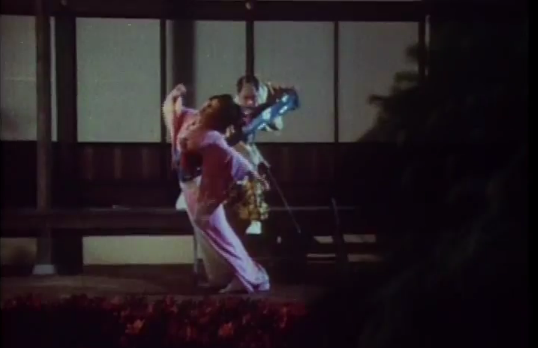
Now it was that something strange happened at the bottom of that well. As he wiped the blood off of his sword, he heard a very odd thing. Water dripping, gently moving far away, and an echoing voice that rose from the depths, at once beautifully soft yet also full of malice.
"One..."
"Two..."
"Three..."
"Four..."
"Five..."
"Six..."
"Seven..."
"Eight..."
"Nine..."
There was a pause. Silence. Suddenly! Was it from the bottom of the well? It pierced through his ribcage, it bounced around his head, it resonated throughout his entire being. A terrifying shriek sounded out in place of "Ten." There was no ten, just the screaming.
He turned. Rising from the well, a wraith, an onryō. Yes, the vengeful spirit of a woman, passive and helpless in life, violent in death, turning herself into a ghost seeking revenge. Okiku rose from the darkness, and she looked into his eyes, which were full of fear.
"One... two... three... four... five... six... seven... eight... nine..."
The End
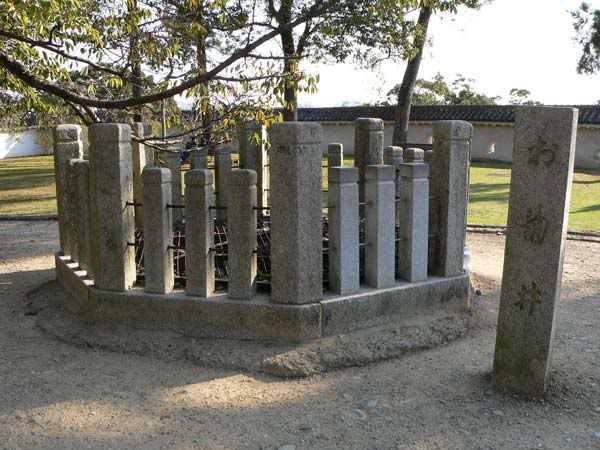
This is a well at Himeji Castle, known as "Okiku's Well". It is said that it was Himeji Castle at which Okiku worked, and this is the very well she was thrown down. Many people go there to visit the well and try to see (and hear) for themselves, if Okiku is still there, counting the plates. Supposedly, her ghost still roams the grounds of the castle, counting and shrieking.
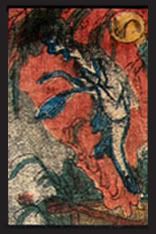
The ghost of Okiku also has its own card in the Obake Karuta deck. And it's the very first one, too, by the reading order. The character is い, i. It represents a phrase, 「井戸から出るお菊」, ido kara deru Okiku, "Okiku coming from the well".
There are several variations to this story, but this is the one most people know. It seems to be the oldest one, as well. Bits and pieces have been added here and there, so I'll tell you a bit more about some other aspects of Okiku.
A little after this story became famous, there was an odd infestation of insects which resided in old wells. This bug was a type of worm which had tiny threads around its body, which made it appear something like a bound person. It became known as Okiku-mushi, "the Okiku bug". It was thought that Okiku had manifested herself as this insect after being in the well.
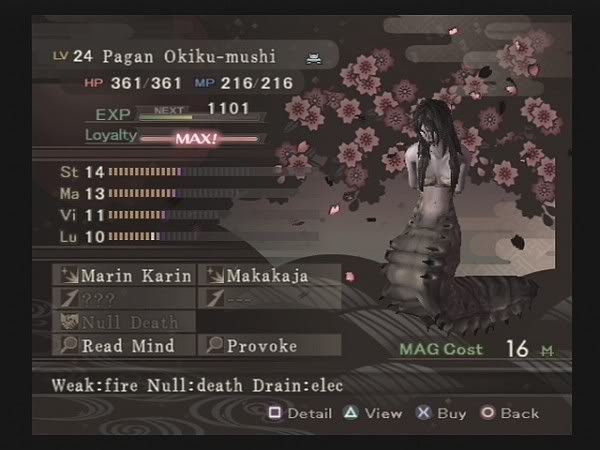
Also one of the most popular characters from Devil Summoner.
Okiku in bunraku, kabuki (a version of which you can watch here), and bug form were all extremely popular motifs among ukiyo-e artists. As I've said, it's one of the most famous ghost stories of Japan.
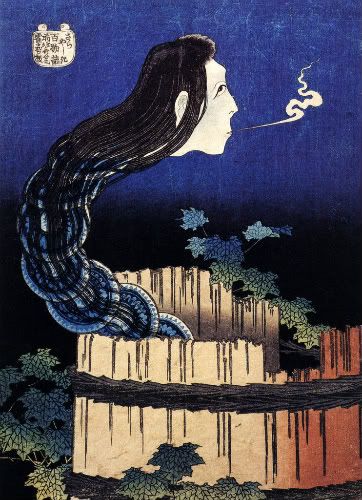
And here's a work of Okiku-mushi by Hokusai, one of the most famous artists of Japan. The worm body of Okiku is made up of the nine plates.
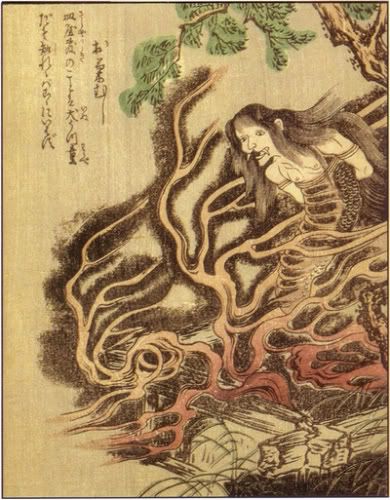
One by Takehara Shunsen, from his 100 Ghost Story book. He's really good, he also did the most popular image of the Funa-Yūrei I used earlier this week.
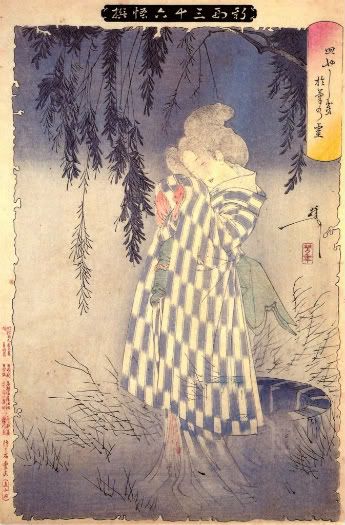
Yoshitoshi's Okiku. Yoshitoshi draws his work from a different telling of the tale, wherein Okiku breaks the plate on purpose to test her lover's devotion to her, and is portrayed as a sympathetic character. This version stems from a later date in which Western influence was popular in kabuki, and all the popular plays were being rearranged to focus more on romance, the way Western plays did. It's interesting because, shortly after this, further Western influence would inspire ukiyo-e artists to view ghosts and yōkai, even the sympathetic or fun ones, as evil and awful and scary and ugly. It's rare to find an image of a yūrei from that time with such a pretty look.
And all of this brings me back around full circle, to another Japanese ghost story, which is also one of the most well-known.
The sun, a well, and one week of ghost stories...
If you see the sun from the bottom of a well...

You have one week... seven days...
And from that well...
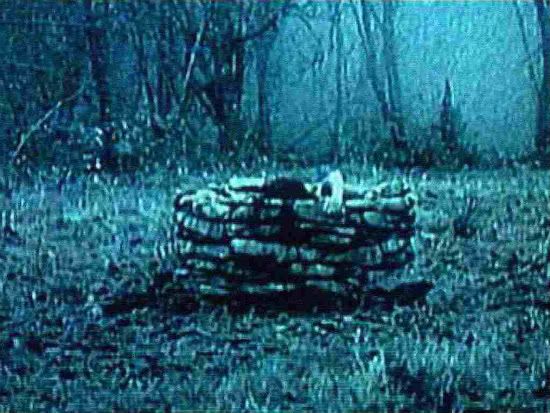
An onryō...
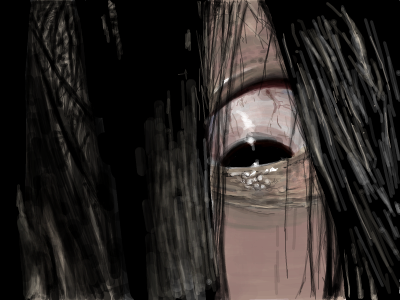
Happy Halloween!!
No comments:
Post a Comment